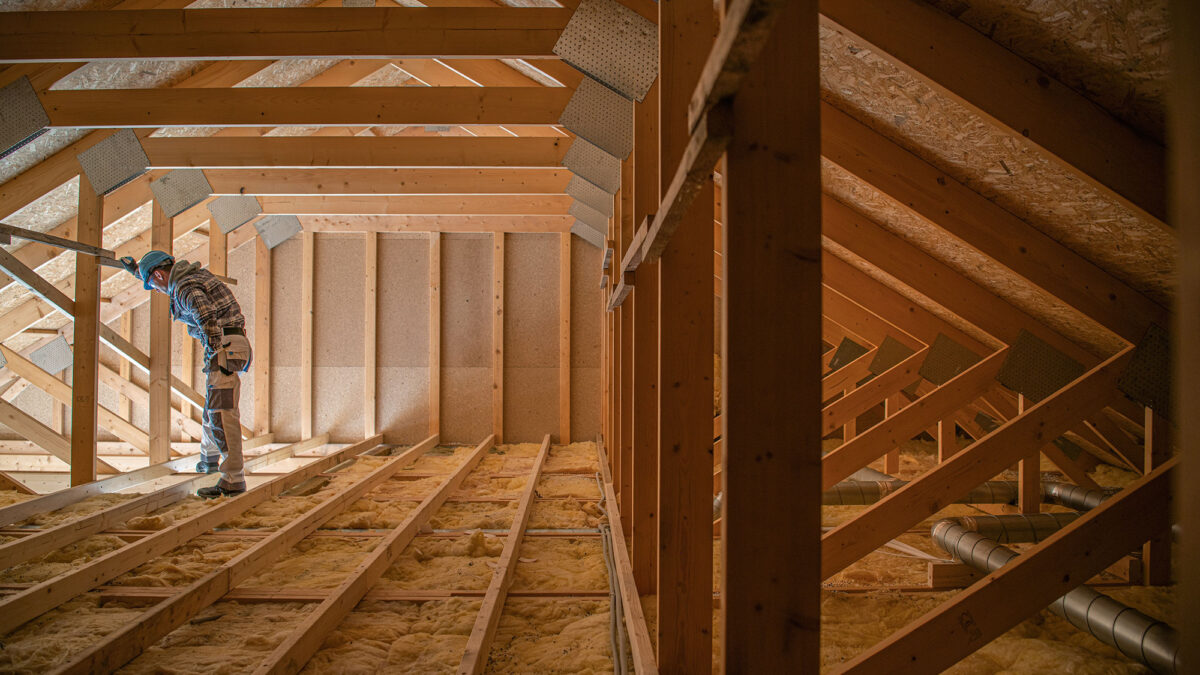Waterproofing may not be at the top of your priority list when upgrading or building a home. But consider waterproofing in the same way that the envelope of a structure is. It forms a protective barrier around it, keeping it dry and preventing mildew, cracks, structural damage, and peeling walls. Suddenly, the subject becomes more pressing. So, how do you go about preventing water damage to your home? Especially if the foundation is located beneath the water table or in a moist region where groundwater collects quickly.
Starting with the fundamentals, let’s work our way up. Foundations, by definition, are located below earth, where water concentrations are high, posing a continuing hazard. Fortunately, this type of water incursion is typically avoidable. You must consider the possibility for water movement and then mitigate it via smart design and implementation. When determining how well water can travel and how to restrict it, you should consider three aspects of the entire foundation structure: drainage, outside wall protection, and interior wall protection. By verifying each piece, you are taking a methodical approach to analysis and management of the entire system. You must identify the source of the problem and address it efficiently.
Water is diverted away from the structure you’re attempting to preserve through proper drainage. Different drainage tools and procedures must be used depending on the building, and you may utilise one or more of the following. A drain tile, which is a perforated pipe surrounded by gravel, offers a storage place for collected water beneath the floor. Outside drain tile works in the same way as interior drain tile in that it stores water at the bottom of exterior walls. The sump crock and pump gather groundwater from the internal drain tile. The sump pump directs water to a drain or away from the house.
Although a D&A well and external sump pump are similar to an internal sump crock and pump, this sort of drainage system is only utilised in severe instances. It pulls water away from the foundations, preventing it from infiltrating the walls. Surface drainage refers to any method that permits runoff to swiftly flow away from the home, allowing less rainwater to reach the foundation wall. Positive grading is a basic example, while downspout extensions are more complicated.
According to waterproofing contractor the most important aspect of foundation waterproofing is outside wall protection. The first step is to ensure that the wall is sturdy, with no fractures or utility pipe penetrations that allow water to enter the inside. Then, on the surface of the wall, put a waterproofing membrane that is entirely resistant to moisture. Additional safeguards. To protect the membrane from roots or rocks, protection boards can be put above it. Damage from general backfill is also avoided. If you want to insulate your basement to save energy, you may need to add extra protective components to waterproofing membranes. Local construction rules frequently mandate this in cooler climates.
Spray-applied chemicals and sheets that must be physically applied are the two major types of waterproofing materials. Rubberised asphalt, which is available in peel and stick sheets and as a spray, is the most often utilised substance. A thin layer of polyvinyl chloride or polythene on the exposed side of the sheets enables for simple handling. Because both the sheet and sprayable versions are sensitive to UV radiation, they must be covered and protected whenever they are exposed to sunlight. Water-based sprays are safer, but they are more susceptible to freeze damage before curing is complete, so they may not be ideal if you live in extreme cold.
Sprays and solvents Although it is less common, solvent-based asphaltic emulsion is still some people’s first option. This emulsion is heated to form a sprayable liquid or is sprayed with hand trowels, and it is occasionally combined with glass fibres. These fibres increase the fabric’s resistance to shrinking and breaking. Other alternatives include sprayed rubber and polythene sheet membranes. Sprayed rubber is popular because it may be put three days after a wall is cast and applied in cold weather. Builders who use polythene sheets think they are particularly straightforward to apply. Putting up a Wall. Sheets with bentonite clay sandwiched between two layers of geotextile or cloth are rather prevalent, however they’re more frequent in the United States than in the United Kingdom.
When wet, mined bentonite clay expands and forms a thick gel. Water cannot get through the clay barrier and so does not reach the foundation wall. Bentonite is easy to use and safe, but it does nothing to hinder the migration of water vapour. Alternatively, you might install vapour barriers beneath your floor slabs. These are sealed against the foundation wall’s base or footing to keep radon gas or water vapour out. If you live in a very rainy environment, these barriers might be really useful. Interior wall protection solutions are inexpensive and typically simple to implement yourself, so don’t overlook them while planning your waterproofing.
Moisture-resistant sealants are used as waterproof sealants around basement doors and windows to prevent moisture from leaking in, and fill and cover any gaps that emerge. Avoid just painting over a problem; looking beautiful does not distract from wetness underlying. The easy procedure of inspecting for cracks on a regular basis should be prioritised. With anything in construction, including foundation waterproofing, it is usually better to deal with a lesser issue sooner rather than a larger issue later. A structure is protected from the ground up when the principles of foundation waterproofing are followed, and the possibilities of damp, mildew, and other water-related issues are greatly reduced. Cutting shortcuts here is never recommended because it might result in even higher expenditures in the long term.


